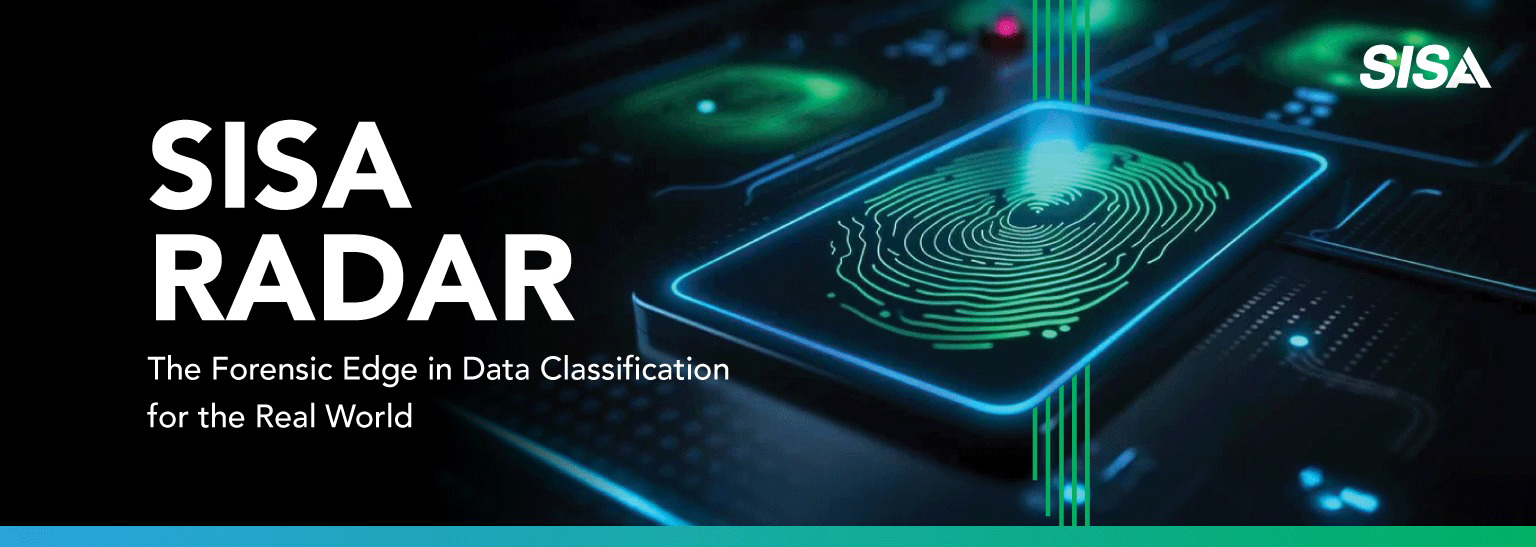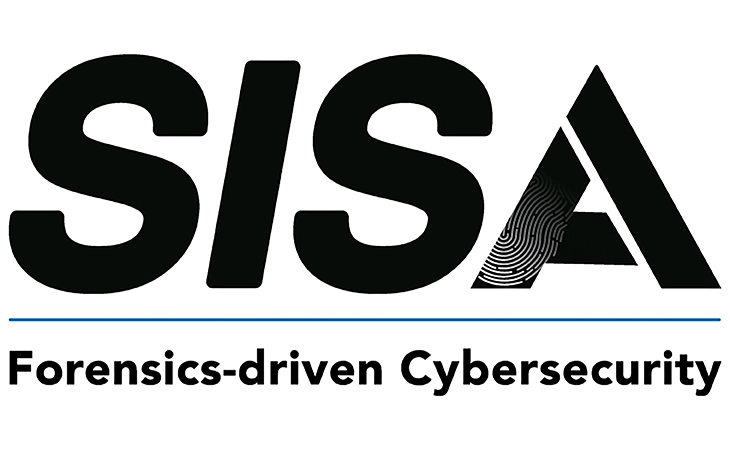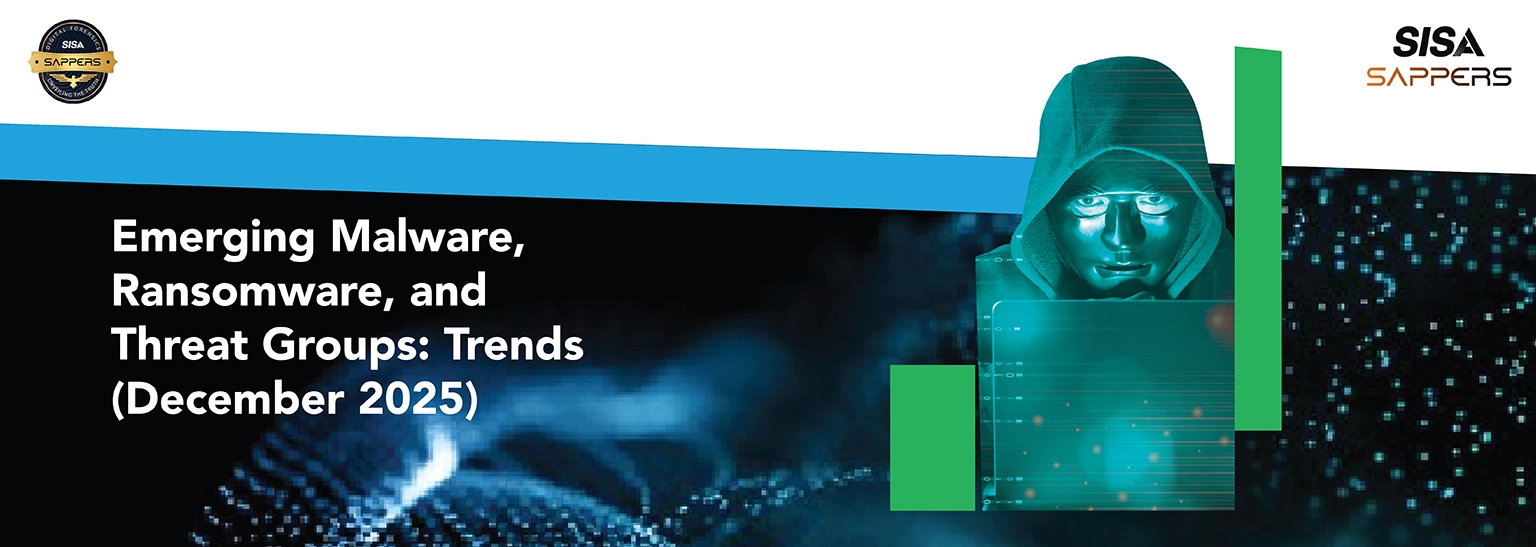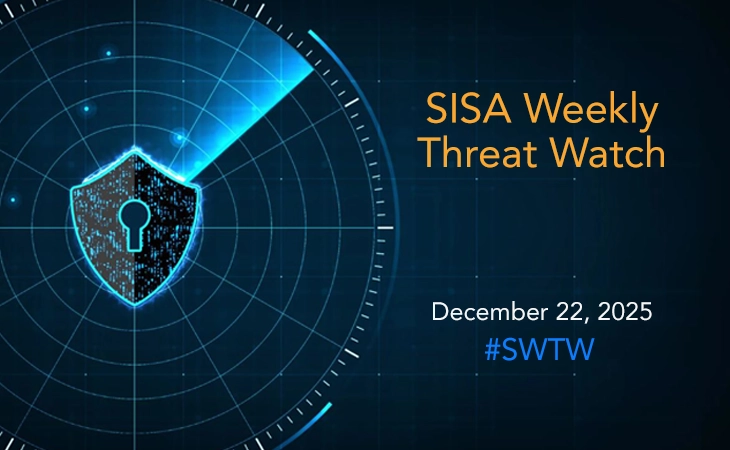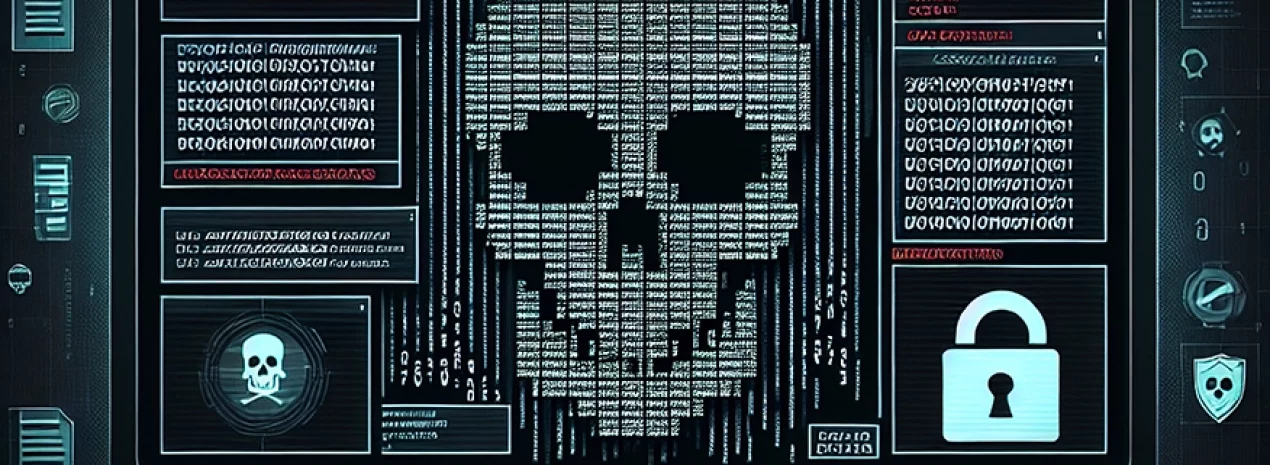
Ransomware Prevention: What Is It & Why Is It Important For You?
The Rising Threat to Fintechs
There are two things you can count on these days: more fintech innovation and, unfortunately, more ransomware attacks. In 2024, the FBI’s Internet Crime Complaint Center reported a 9% spike in ransomware complaints compared to 2023. And guess what? Financial services remain one of the hottest targets.
It’s not just about losing a few files either. The average cost of a ransomware breach is $5.13 million, making it the most expensive type of attack organizations face today. That’s the kind of money that can seriously dent trust and shake customer confidence, two things no fintech can afford.
If you’re in the digital payments world, ransomware prevention is not just a cybersecurity checkbox. It’s about keeping your business running and your reputation intact.
Understanding Ransomware: A Quick Primer
Ransomware sounds scary because, well, it is. At its core, it’s malware that locks or encrypts your data and demands payment to get it back.
But modern ransomware is sneakier than before. Attackers don’t just encrypt anymore. They often steal your data first and threaten to leak it if you don’t pay up. It’s like being mugged and blackmailed at the same time. Thanks to Ransomware-as-a-Service (RaaS) models, launching an attack today is as easy as ordering pizza.
Why Fintechs Are Prime Targets
Not to scare you, but if you’re processing payments, handling sensitive customer data, or integrating with multiple APIs, you’re a goldmine for attackers.
Here’s why fintechs stay on every hacker’s wishlist:
- High-Value Data: Cardholder information, account credentials, transaction records. It’s all valuable on the black market.
- Speed-First Culture: Quick deployments and rapid scaling can sometimes mean security corners get cut.
- Heavy Compliance Pressure: Failing to safeguard data doesn’t just bring technical issues. It brings legal and regulatory headaches.
According to the 2024 Verizon Data Breach Investigations Report, ransomware was involved in 24% of all breaches, with financial and insurance sectors among the most frequently targeted. Fintechs are often smaller and leaner, making them easier to breach compared to traditional banks.
The Core Pillars of Ransomware Prevention for Fintechs
Alright, enough horror stories. Let’s talk about how you can actually stay safe.
1. Tighten Up Your Endpoints and Servers
Start at ground zero. Every device, server, or workload is a potential entry point.
- Deploy Endpoint Detection and Response (EDR) or Managed Extended Detection and Response (MXDR) tools.
- Look for platforms that can monitor, hunt, and act in real-time, preferably with AI capabilities.
- Automated investigation engines, like the kind leading platforms now feature, can handle 95% of incidents without manual work. That’s not just efficient; it’s a lifesaver.
2. Secure Your Apps and APIs
Your payment gateways, mobile apps, and backend APIs need more than just SSL certificates.
- Follow secure software development life cycles (SDLC).
- Test often. Patch faster.
- Monitor API traffic for unusual patterns, not just break/fix tickets.
3. Access Control: Go Beyond Passwords
Passwords alone are dead. We’re in a multi-factor authentication (MFA) world now.
- Roll out MFA across your entire ecosystem.
- Embrace Zero Trust principles: never assume anything, not even your own devices.
- Monitor privileged account activity like a hawk.
4. Data Backup and Recovery Planning
If you don’t have a backup, you’re begging for trouble.
- Back up everything: customer data, operational databases, configurations.
- Store backups offline or in isolated cloud storage.
- Test your disaster recovery plan quarterly, not “when we get around to it.”
5. People: Your Strongest (and Weakest) Link
It’s still way easier to trick a human than a machine.
- Regular phishing simulations.
- Employee cybersecurity awareness training.
- Build a security-first culture, not a “click accept all” culture.
6. Proactive Threat Monitoring
You can’t prevent what you don’t see coming.
- Real-time visibility across hybrid and cloud environments is non-negotiable.
- Platforms that offer AI-driven dashboards and detect anomalies right at the mTLS layer can spot ransomware campaigns while they’re still warming up.
Regulatory Compliance: More Than Just Paperwork
Think compliance is boring? Maybe. But ignoring it is expensive.
Whether it’s PCI DSS for payments or GDPR for personal data, regulations expect you to show active cybersecurity measures against ransomware. Tools that automatically generate compliance-ready reports and track forensic trails save your team from manual reporting nightmares.
Automated compliance isn’t about ticking boxes. It’s about surviving audits without pulling all-nighters.
The Forensic Advantage: Knowing How Attacks Really Work
Here’s something people don’t talk about enough: understanding how ransomware attacks unfold in the wild is different from running simulated drills.
Platforms built on forensic learnings have a leg up. They know how attackers move laterally inside payment systems, which payloads are most common in digital banking breaches, and how credentials typically get stolen. That’s the kind of real-world insight that lets you detect early indicators of ransomware before the lock screen even flashes.
Click here to read how Tonik Bank, one of the world’s largest digital-only neobanks, improved real-time threat detection & response capabilities.
Proactive Measures for a Secure Future
Honestly? No one can promise 100% protection. But you can make yourself a much harder target.
Fintechs thrive on trust. Ransomware threatens to smash that trust in one click. Building layered defenses, empowering your people, using forensic-driven detection tools, and keeping regulators happy — that’s the real ransomware prevention playbook.
It’s not about chasing perfection. It’s about being ready, resilient, and a little smarter every day.
Ready to stay one step ahead? Now’s the time. Click here to start a conversation.
Latest
Blogs
Whitepapers
Monthly Threat Brief
Customer Success Stories
 USA
USA India
India APAC
APAC Middle East
Middle East Global
Global






 Facebook
Facebook Linkedin
Linkedin  X
X Youtube
Youtube



